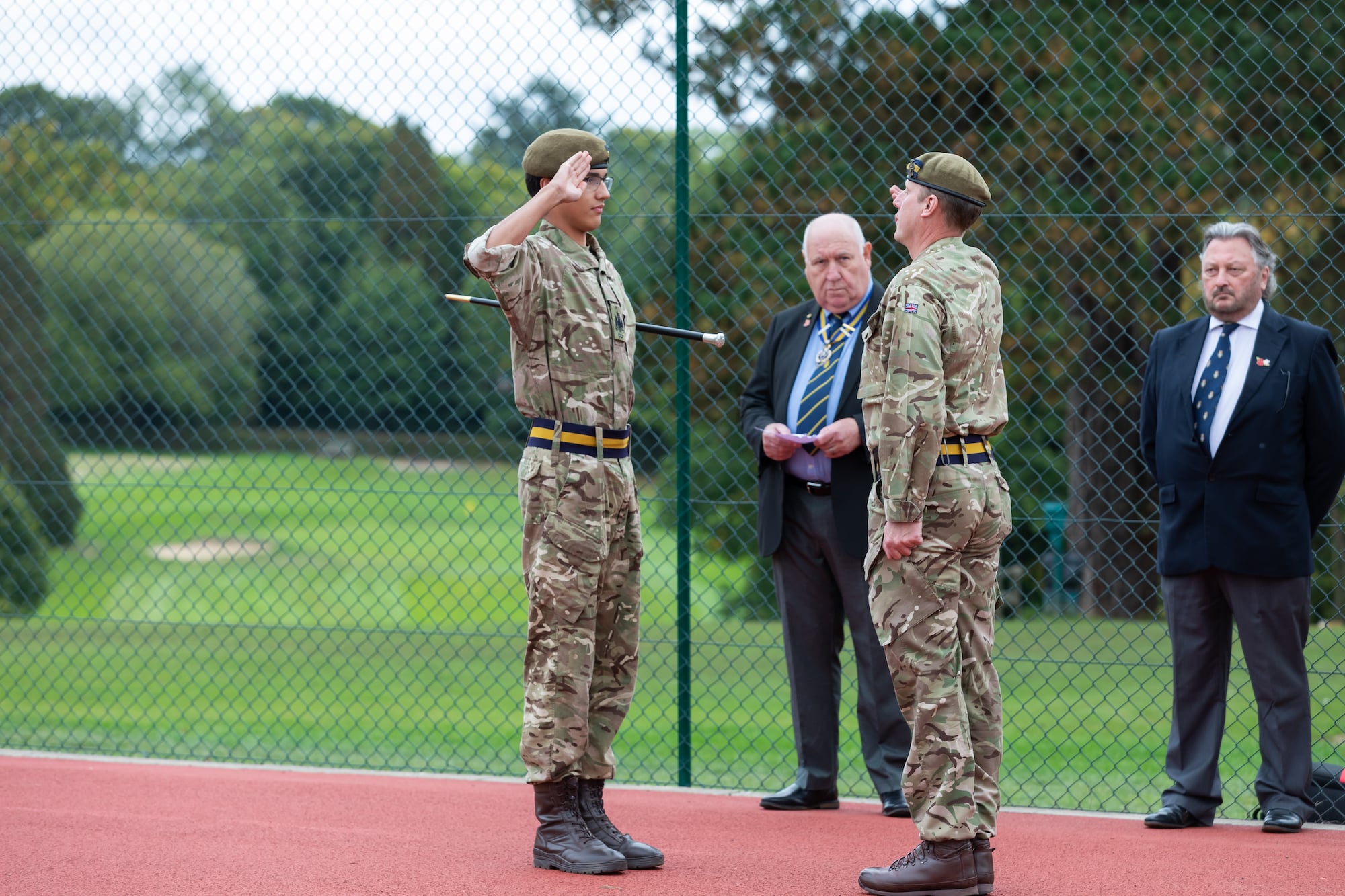On Wednesday March 5, a 150-strong audience was treated to an evening which they are unlikely to forget in a hurry. The atmospheric surroundings of a darkened Chapel,  glimmering with 300 flickering candle flames, set the scene for the famous 1925/9 black and white silent movie “The Phantom of the Opera”, which was back-projected in HD onto a huge 10-foot high screen erected between the floor and the bottom of the gallery. Sitting in full view just above the top of the screen was one of the most phenomenally gifted organists of his generation, David Briggs. Mr Briggs was at one stage Organ Scholar of King’s College, Cambridge, and subsequently held positions in Hereford, Truro and Gloucester Cathedrals, before emigrating initially to the United States, and then to Canada, where he now lives in Toronto. He is not only a star performer and a gifted transcriber (he has arranged five of Mahler’s gargantuan symphonies for the organ, besides numerous other major orchestral works), but he is also one of the most famous improvisers in the world today.
glimmering with 300 flickering candle flames, set the scene for the famous 1925/9 black and white silent movie “The Phantom of the Opera”, which was back-projected in HD onto a huge 10-foot high screen erected between the floor and the bottom of the gallery. Sitting in full view just above the top of the screen was one of the most phenomenally gifted organists of his generation, David Briggs. Mr Briggs was at one stage Organ Scholar of King’s College, Cambridge, and subsequently held positions in Hereford, Truro and Gloucester Cathedrals, before emigrating initially to the United States, and then to Canada, where he now lives in Toronto. He is not only a star performer and a gifted transcriber (he has arranged five of Mahler’s gargantuan symphonies for the organ, besides numerous other major orchestral works), but he is also one of the most famous improvisers in the world today.
As readers will be aware (perhaps some having seen the more recent Andrew Lloyd Webber version!), the action takes place in and around the Paris Opera House and, for that reason alone, Mr Briggs is an ideal artist to accompany the film – he is a Francophile, who studied with the towering figures Jean Langlais and Pierre Cochereau, but he also has an encyclopaedic knowledge and deep love for the wider orchestral and operatic repertoire. Thus he was able to weave well-known themes from works such as “Carmen” (Bizet), “Romeo and Juliet” (Tchaikovsky), “Tristan and Isolde” (Wagner) and “The Nutcracker” (Tchaikovsky) seamlessly into his improvisation, as appropriate to the action in the film. Even witty references to well-known tunes such as “Postman Pat”, “Ten Green Bottles”, “Yellow Submarine”, the BBC “Horse of the Year” theme tune, the “Pink Panther” and (a fugue on) “Row, row, row your boat” regularly had the audience in stitches. Perhaps most impressive of all was the split-second timing with which whatever we saw on screen, or whatever mood was captured, was in some way simultaneously reflected in what we heard – and the overarching themes of love, betrayal, revenge and redemption, which run through the movie, each had their musical equivalent. It takes a highly skilled musician to be able do that successfully!
The idea of sitting motionless in a freezing chapel for 93 minutes is not one for the fainthearted but, with a visual and musical feast of the quality and intensity we witnessed on this occasion, it was amazing just how quickly the time passed!
Back to all news














